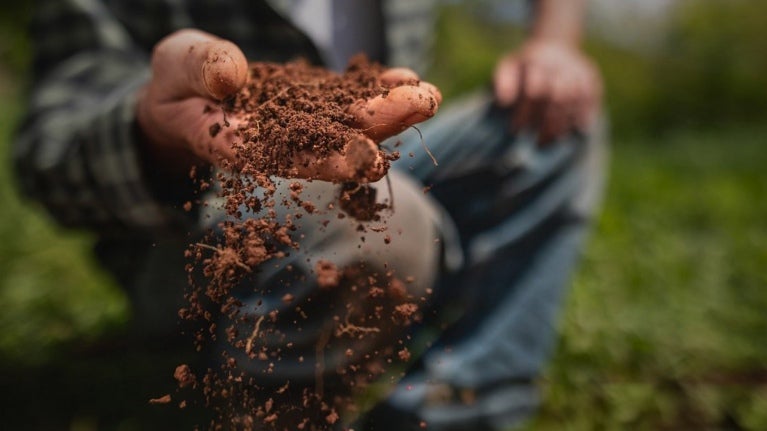
Regenerative Agriculture: Everyday Q&As
Access our list of Q&As related to our Planetpro Farms, Food & Our Future.
Is “organic” equivalent to using regenerative agriculture practices?
Farms producing organic ingredients may be adopting regenerative agriculture practices, but the two terms are not equal. Many markets have regulations which provide a clear standard for organic farming and organic products. This regulated approach satisfies consumer demand for trustworthy organic products, while providing a fair marketplace for producers, distributors, and marketers.
Organic farms and produce are subject to a strict regulatory framework to ensure compliance across the entire supply chain. Also, this approach permits the use of specific, mandatory logos which can be applied to products that comply with the requirements. On the other hand, there are no regulations in place regarding regenerative agriculture, therefore farmers can take a more tailored and localized approach to implementing the practices that are most suitable for their farm and crops.
What is the difference between responsible sourcing and regenerative agriculture?
These are two separate topics. There is currently no regulatory or global standard for "responsible sourcing," so many companies are creating their own definitions. For Nestlé, this approach applies to 14 key ingredients sourced as per the Nestlé Responsible Sourcing Core Requirements. 1
Responsible sourcing means that our ingredients are traceable to the group of farms where they were grown, and produced in accordance with sustainability standards from external programmes. Meanwhile, "regenerative agriculture" relates to farming practices and how ingredients are grown. Farms which produce "responsibly sourced" ingredients may be practicing regenerative agriculture practices.
1 Nestlé. "Our approach to Responsibly Sourced raw Materials”.
Does food grown with this approach cost more?
Not necessarily. Nestlé’s investment in deploying regenerative agriculture at scale supports the long-term resilience of our agricultural supply chains, while ensuring business continuity for customers in the future. It is also an investment to help mitigate the costs of severe weather effects and climate change. You can raise awareness among your guests by sharing the story behind the ingredients you use and highlighting your commitment to more resilient practices.
Is there an international seal for regenerative agriculture?
Currently, there are no international standards, global certification schemes, or harmonized regulatory definitions for “regenerative agriculture.” However, various initiatives have been developed to help translate global concepts of regenerative agriculture into actionable practices at the farm level. For instance, some commodity-specific definitions are emerging to provide practical guidance for crops such as coffee.2
2 Pulleman, M.M.; Rahn, E.; Valle, J.F. “Regenerative agriculture for low-carbon and resilient coffee farms: A practical guidebook”. Version 1.0. International Center for Tropical Agriculture (CIAT). 2023
How do I know if the ingredients I buy are grown this way?
As there are no international standards for regenerative agriculture, there is currently no requirement for ingredients grown under these practices to be claimed as such. Some suppliers or producers may voluntarily provide this information, but without defined standards, the approaches may vary. Some suppliers may also adopt regenerative agriculture practices such as planting cover crops, reforestation, or strategic irrigation, without mentioning it. In the end, it's best to ask your suppliers and farmers directly and confirm how they measure and validate their practices.